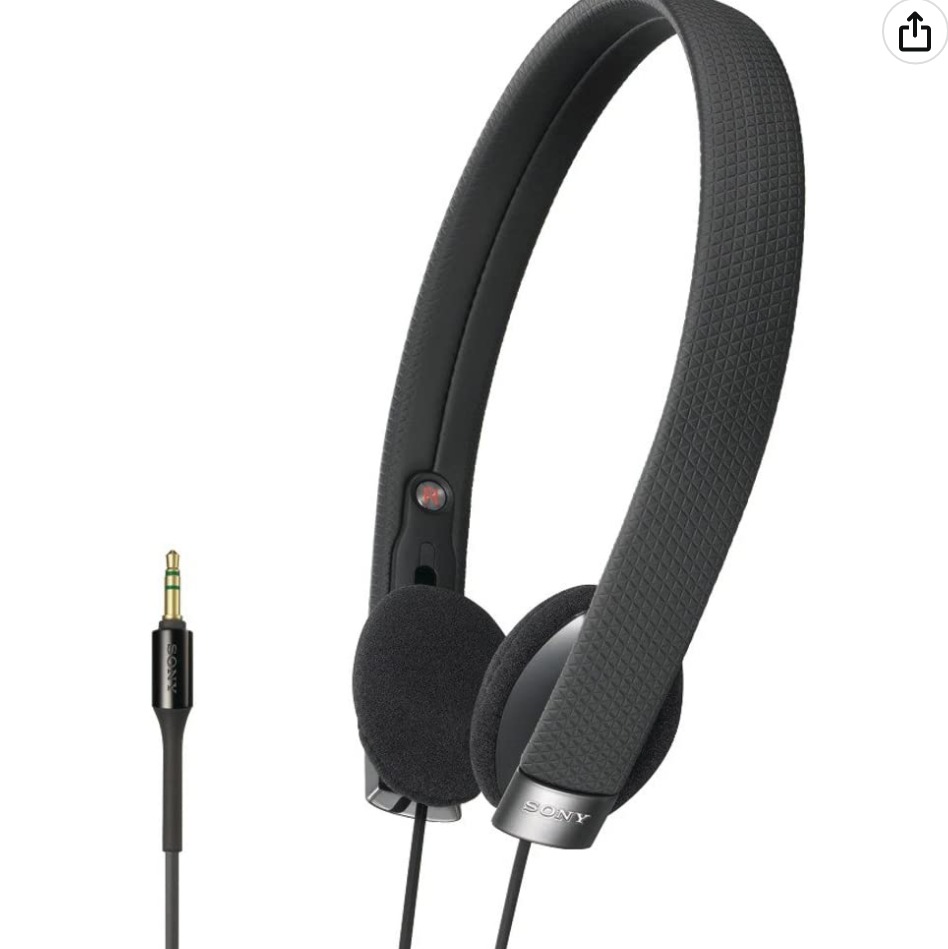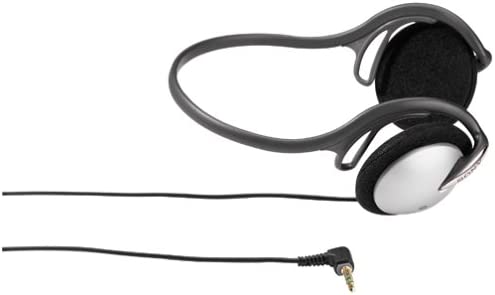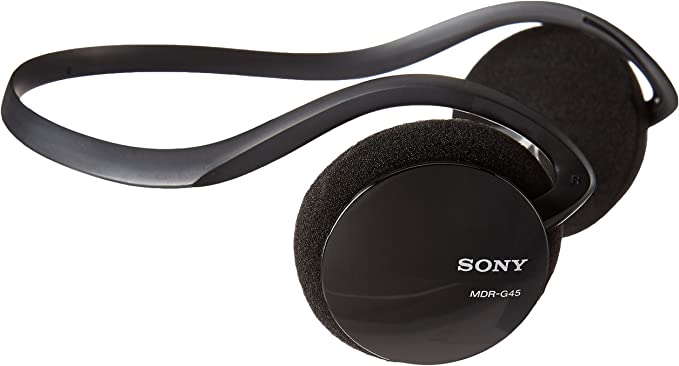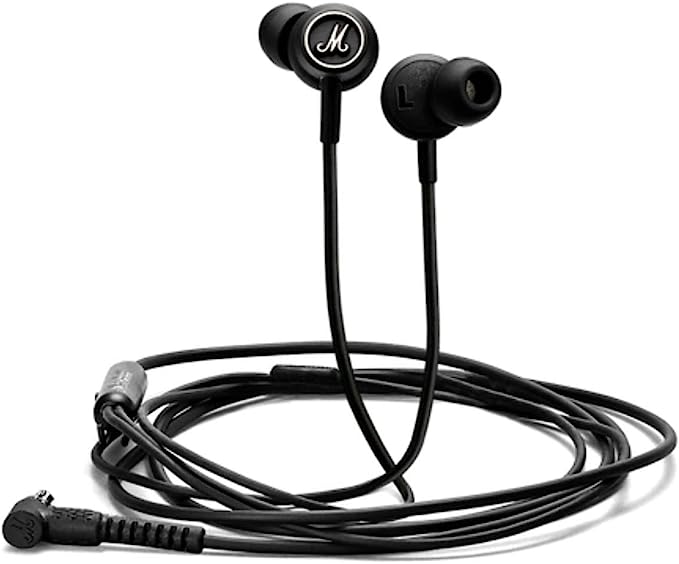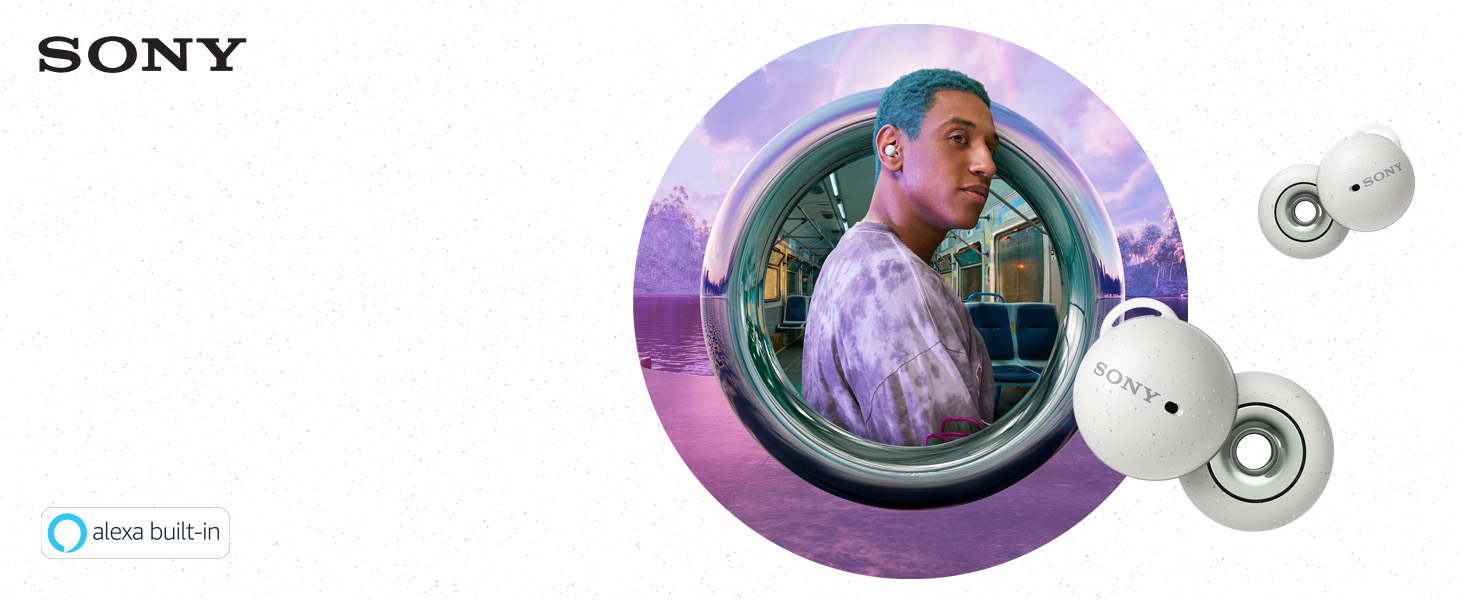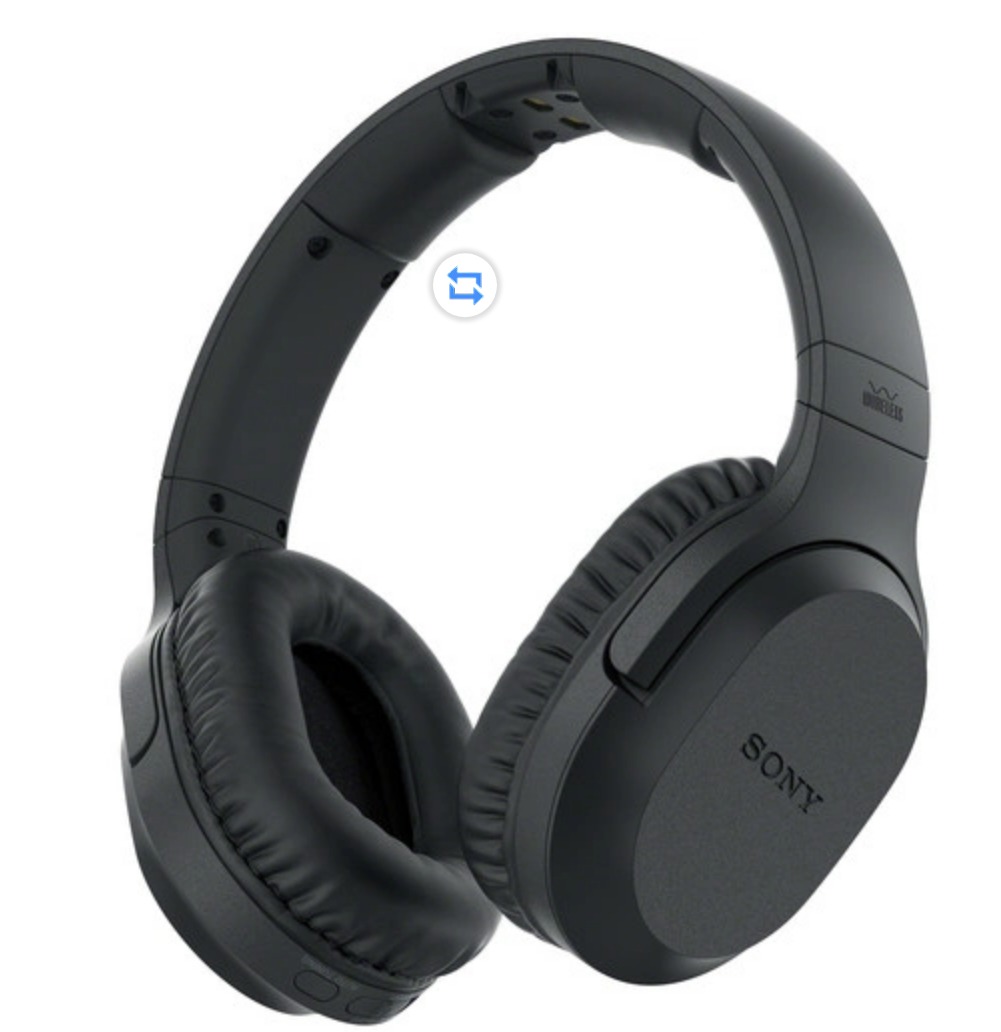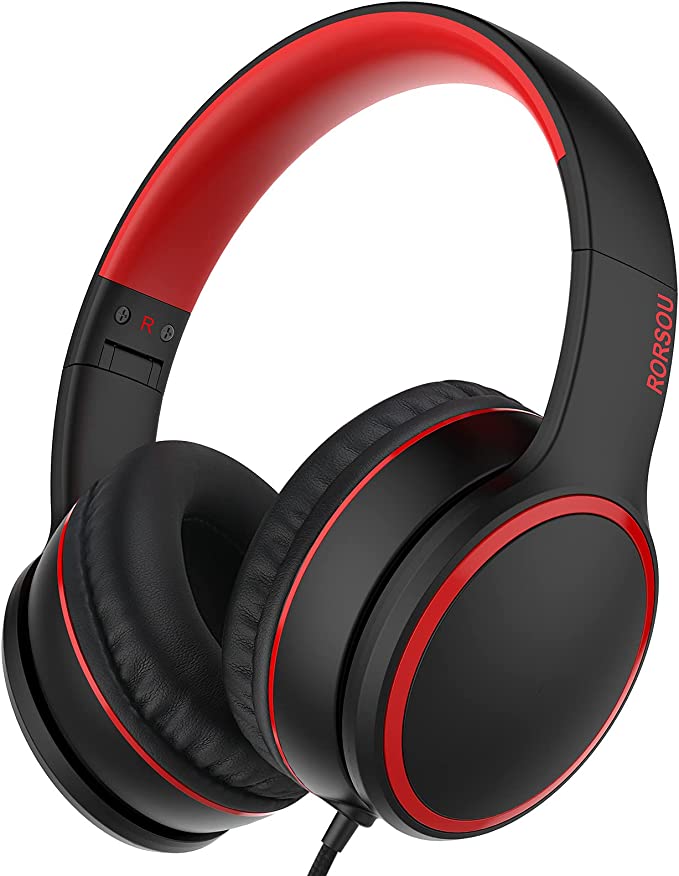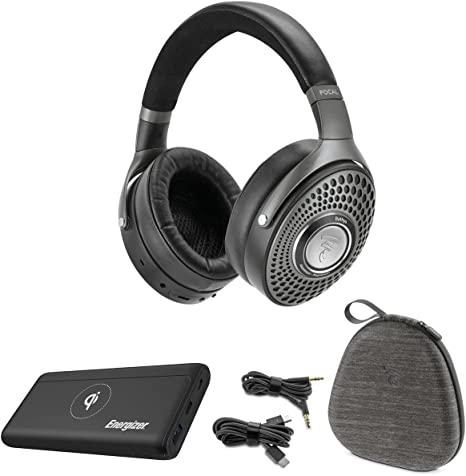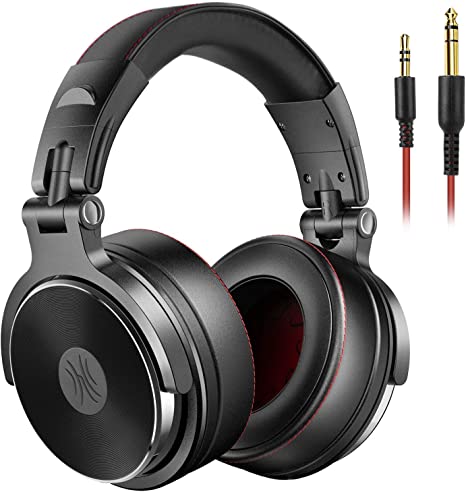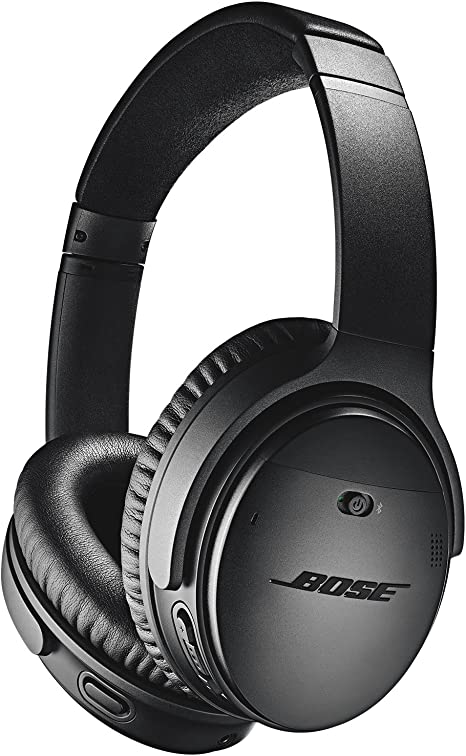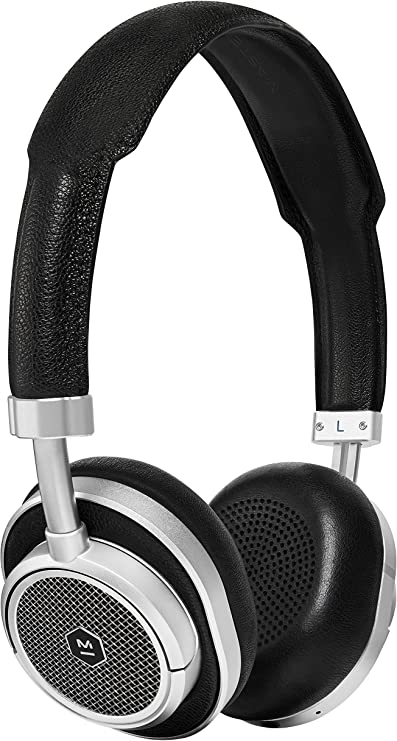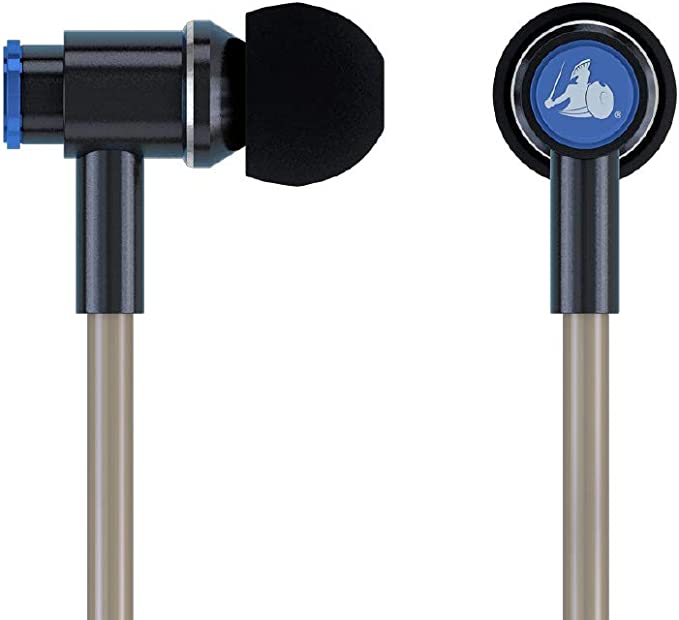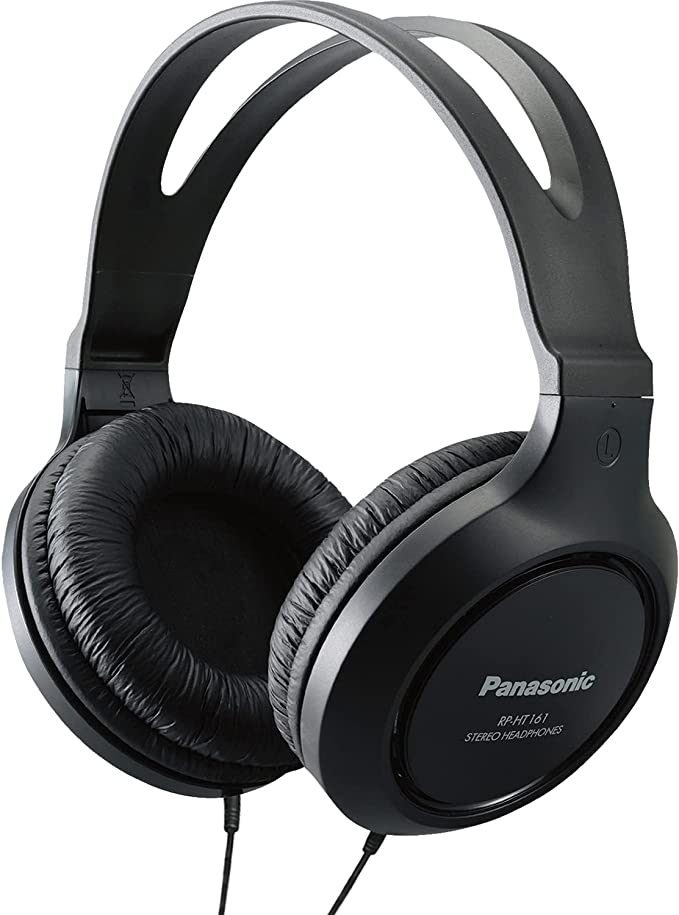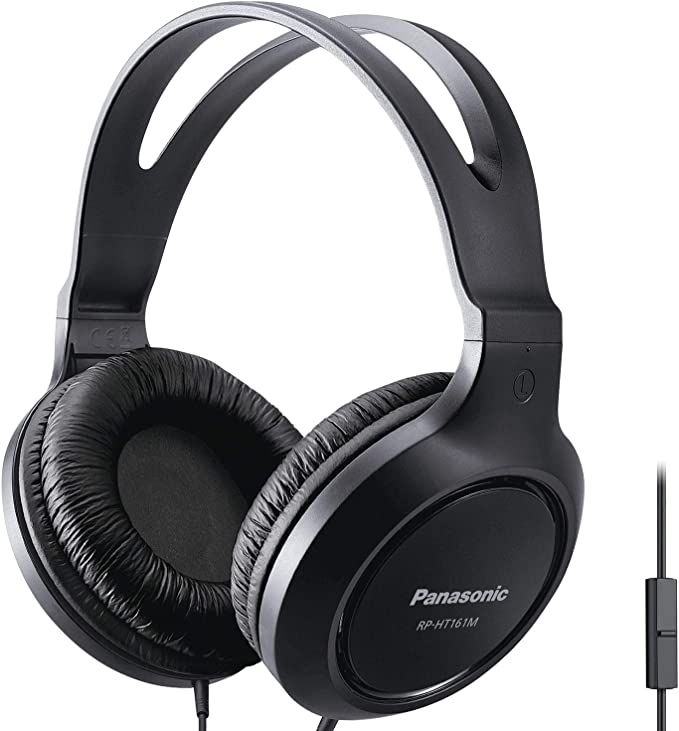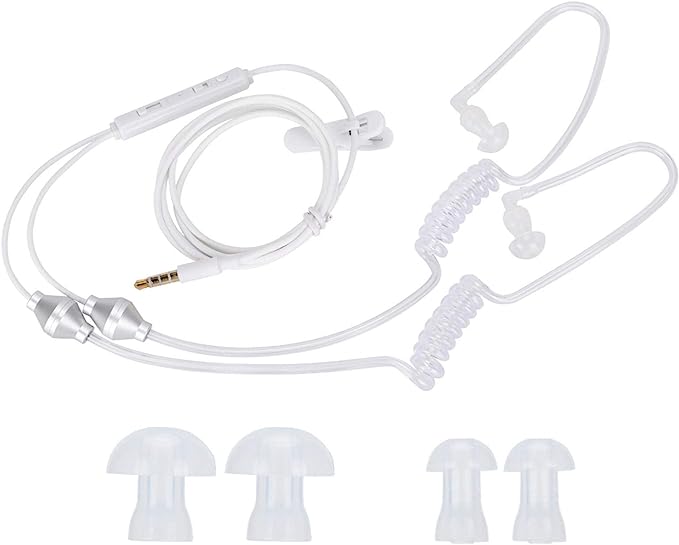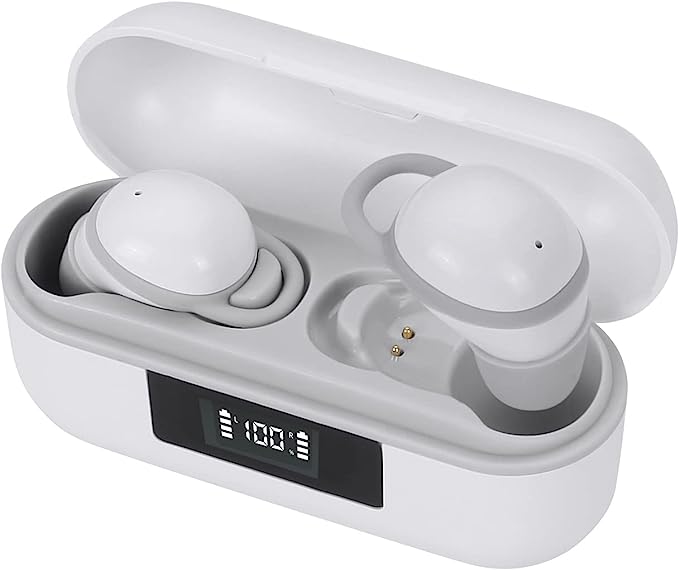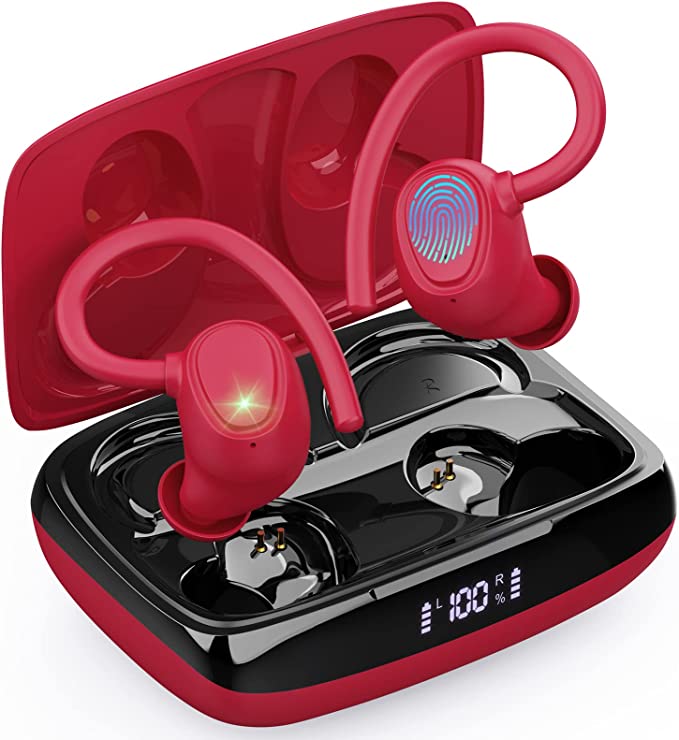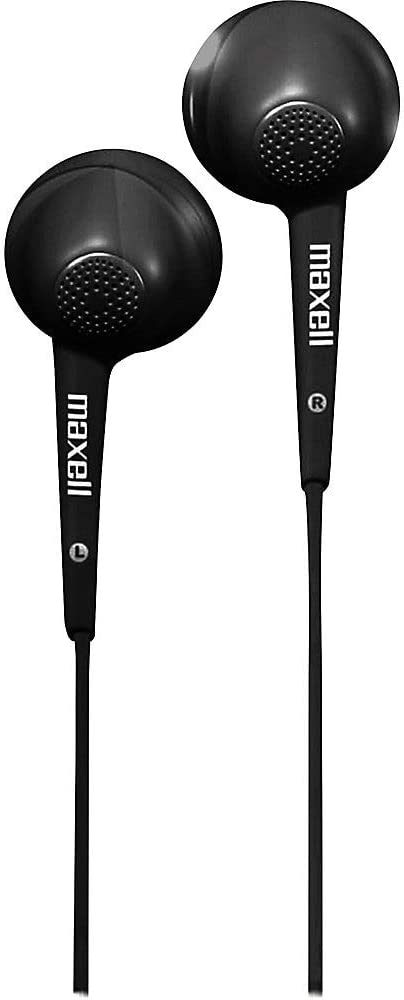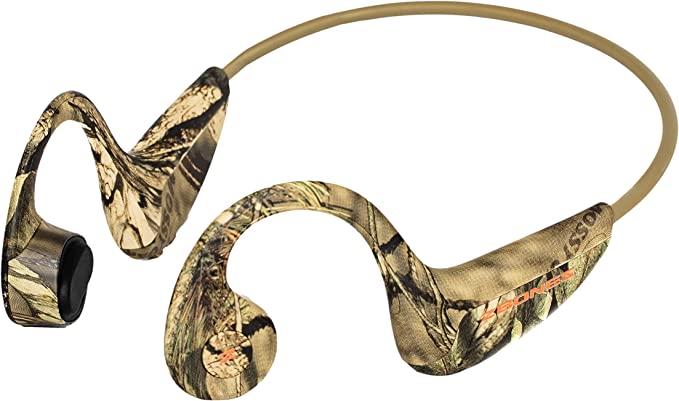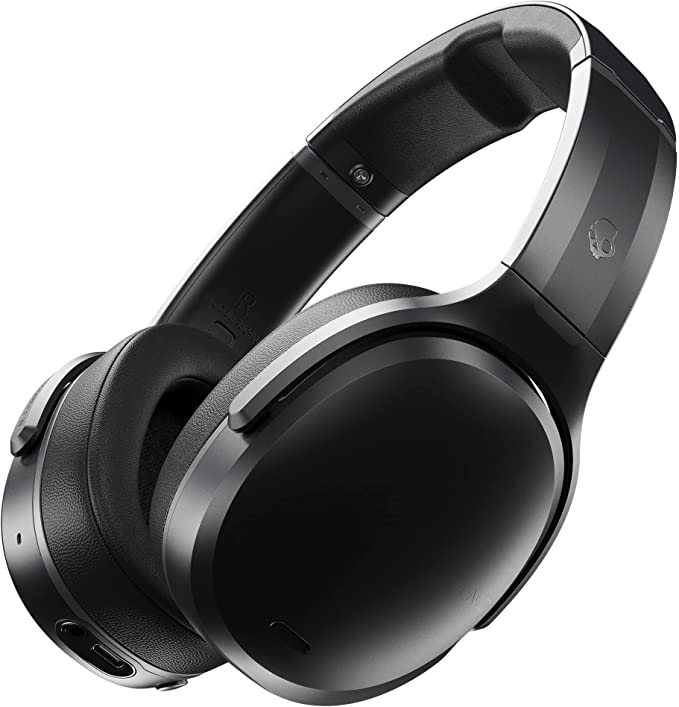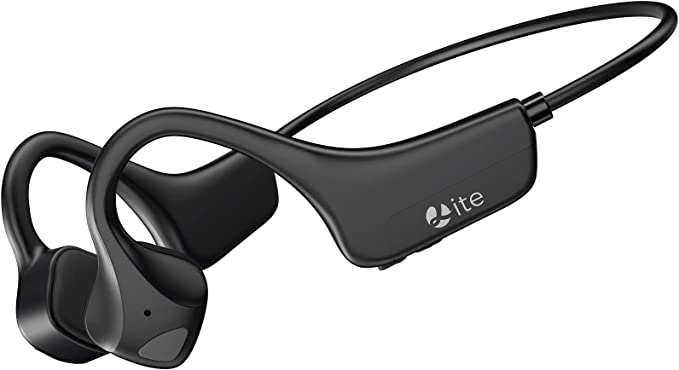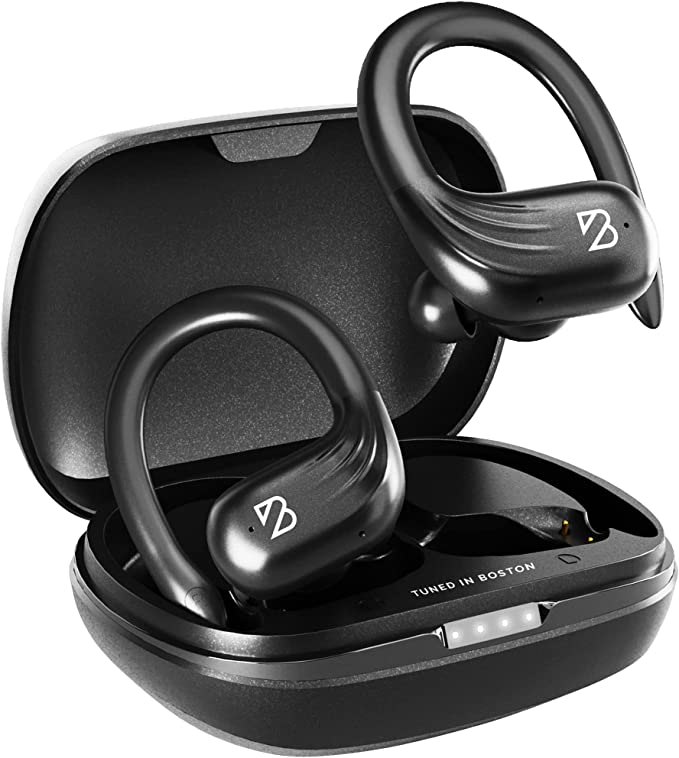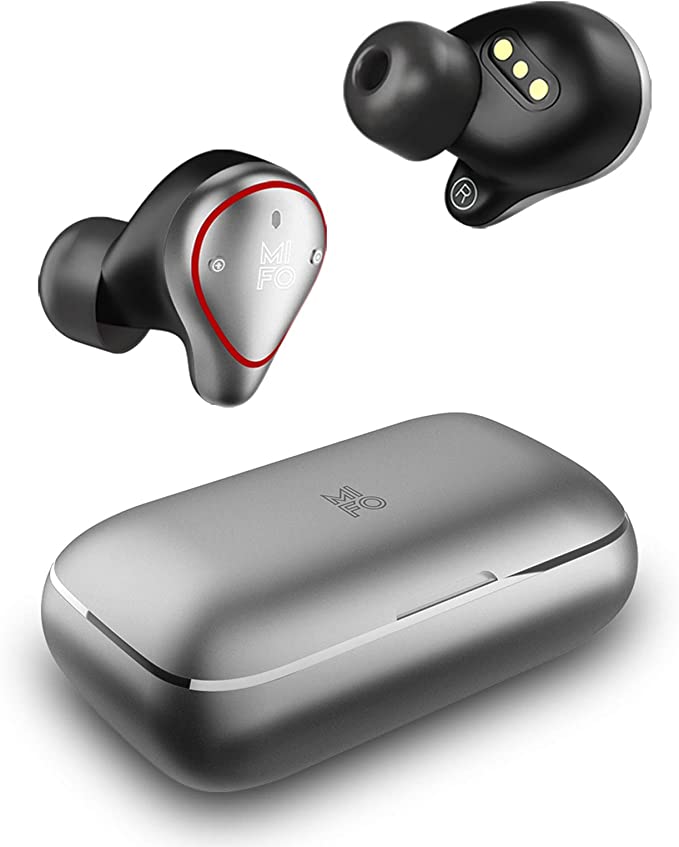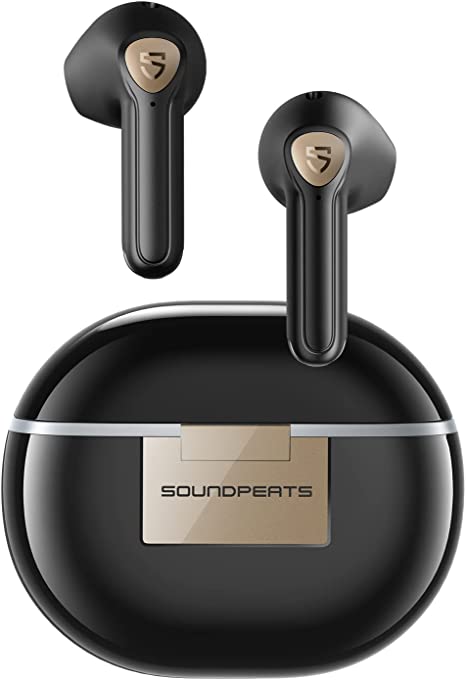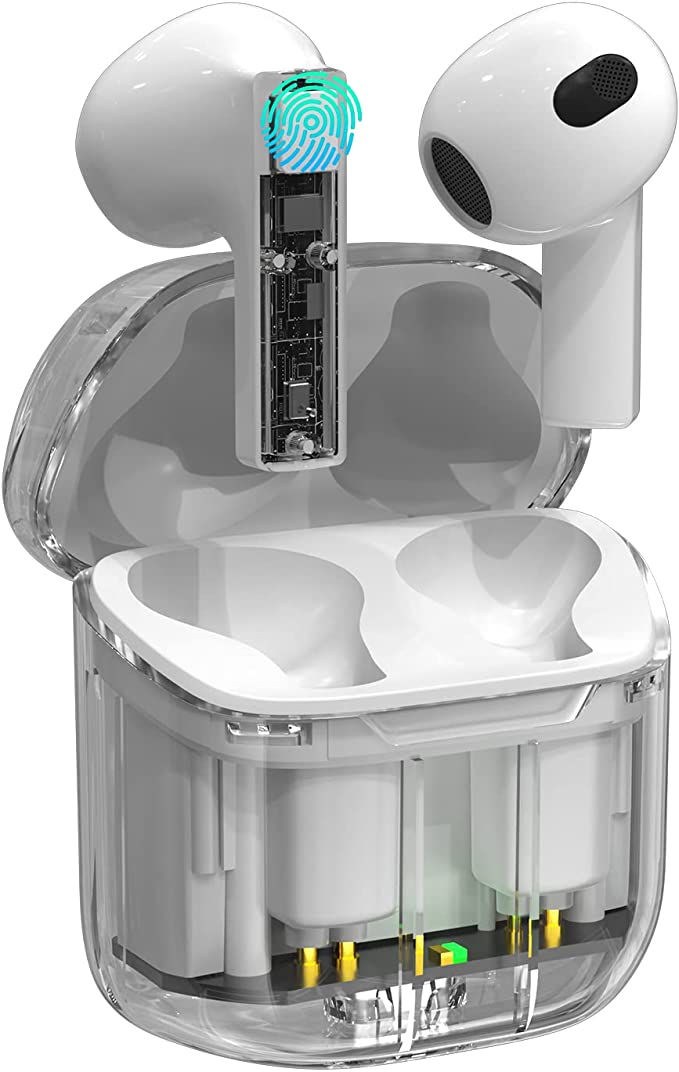Sony MDR-ZX110 Headphones: Clear Sound, Comfortable Fit, and Affordable Price
Update on March 21, 2025, 12:22 p.m.
Imagine you’re on your daily commute. The train rattles along the tracks, a cacophony of screeching metal, chattering passengers, and the ever-present hum of the city. You long for an escape, a moment of peace amidst the chaos. You reach for your headphones, hoping to find solace in your favorite music. But instead of crystal-clear melodies, you’re met with a muffled, distorted mess. The bass is muddy, the vocals are indistinct, and the high notes are barely audible. Frustrating, isn’t it?
This common scenario highlights a fundamental challenge: how to enjoy high-quality audio in a noisy world. The Sony MDR-ZX110 headphones offer a surprisingly effective and affordable solution to this problem. But before we dive into the specifics of these headphones, let’s take a step back and explore the fascinating science of sound itself.
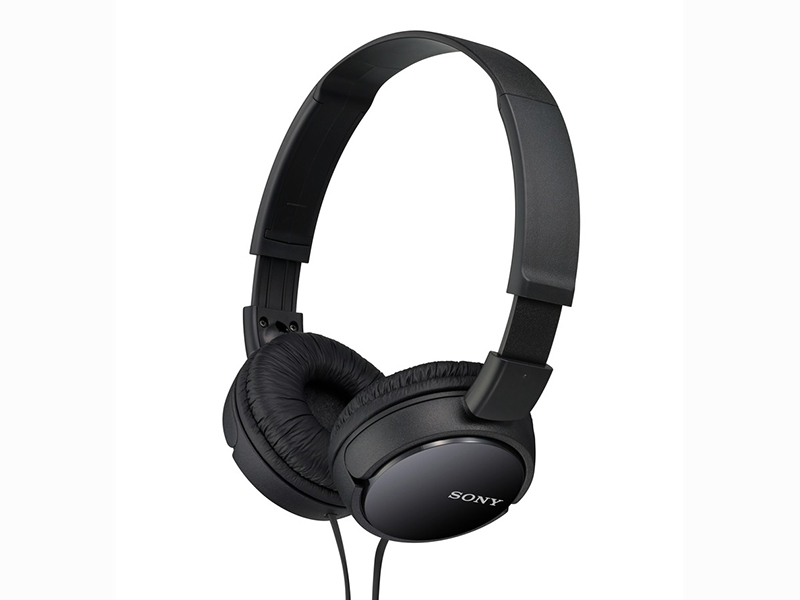
What is Sound, Anyway?
Sound, at its core, is a vibration. When an object vibrates, it creates pressure waves that travel through a medium, such as air, water, or even solids. These waves are not the visible ripples you see on a pond; they are rapid changes in pressure, oscillating back and forth. Think of it like a slinky being pushed and pulled – the coils compress and expand, creating a wave that travels along its length.
These pressure waves have several key characteristics:
- Frequency: This refers to the number of oscillations per second, measured in Hertz (Hz). Higher frequency means more oscillations, and we perceive this as a higher pitch (like a flute). Lower frequency means fewer oscillations, and we perceive this as a lower pitch (like a tuba).
- Amplitude: This refers to the intensity of the pressure wave, or how much the air molecules are displaced. Higher amplitude means a stronger wave, and we perceive this as louder sound. Amplitude is often measured in decibels (dB).
- Wavelength: Is the distance between successive crests of a wave.
- Speed: the speed at which sound travels through medium.
The Human Ear: A Marvel of Nature
Our ears are incredibly sensitive instruments, capable of detecting a wide range of these vibrations. The outer ear, the part we see, acts like a funnel, collecting sound waves and directing them into the ear canal. These waves then hit the eardrum, a thin membrane that vibrates in response.
These vibrations are then amplified by three tiny bones in the middle ear – the malleus, incus, and stapes (also known as the hammer, anvil, and stirrup). Finally, these amplified vibrations reach the cochlea, a fluid-filled, snail-shaped structure in the inner ear. Inside the cochlea, thousands of tiny hair cells convert these vibrations into electrical signals that are sent to the brain via the auditory nerve. Our brain then interprets these signals as sound.
The human ear can typically hear sounds within a frequency range of 20 Hz to 20,000 Hz (20 kHz). However, this range can vary from person to person and can decrease with age or exposure to loud noises.
From Airwaves to Eardrums: How Headphones Work
Headphones essentially reverse the process of hearing. They take an electrical audio signal and convert it back into sound waves. This is done using a component called a driver. The driver is like a tiny loudspeaker inside each earcup.
Most headphones, including the MDR-ZX110, use a type of driver called a dynamic driver. This driver consists of three main parts:
- Diaphragm: A thin, flexible membrane that vibrates to produce sound.
- Voice Coil: A coil of wire attached to the diaphragm.
- Magnet: A permanent magnet that creates a magnetic field.
When an electrical audio signal passes through the voice coil, it creates a varying magnetic field. This field interacts with the permanent magnet’s field, causing the voice coil and the attached diaphragm to vibrate. These vibrations create pressure waves in the air, which we perceive as sound.
The MDR-ZX110: A Closer Look
The Sony MDR-ZX110 are on-ear, closed-back, dynamic headphones. This seemingly simple description packs in a lot of information about their design and performance. Let’s break it down:
- On-ear: This means the earcups rest on your ears, rather than completely enclosing them (like over-ear headphones) or sitting inside your ear canal (like earbuds).
- Closed-back: This means the earcups are sealed, preventing sound from leaking in or out. We’ll explore the benefits of this design later.
- Dynamic: As we discussed, this refers to the type of driver used.
Neodymium Magnets: Tiny but Mighty
The MDR-ZX110 utilizes neodymium magnets in its drivers. Neodymium is a rare-earth element that produces incredibly strong magnetic fields for its size. This is crucial for headphone drivers because a stronger magnetic field allows for more precise control of the diaphragm’s movement. This translates to:
- Greater Efficiency: Less power is required to achieve a given volume level.
- Faster Response: The diaphragm can react more quickly to changes in the audio signal, resulting in more accurate sound reproduction.
- Lower Distortion: The precise control minimizes unwanted vibrations, leading to cleaner sound.
Frequency Response: The Spectrum of Sound
The frequency response of a headphone indicates the range of frequencies it can reproduce. The MDR-ZX110 boasts a frequency response of 12 Hz to 22 kHz. This is wider than the typical human hearing range (20 Hz to 20 kHz).
Why is a wider frequency response important? While we may not be able to hear sounds below 20 Hz or above 20 kHz directly, their presence can still affect the overall sound quality. Frequencies below 20 Hz can add a sense of “rumble” or “impact” to bass notes. Frequencies above 20 kHz, while inaudible, can contribute to the “airiness” or “sparkle” of high-frequency sounds. A wider frequency response allows the headphones to capture these subtle nuances, resulting in a more complete and realistic sound.
Closed-Back Design: Your Personal Sound Sanctuary
The closed-back design of the MDR-ZX110 is a key feature for noise isolation. By sealing the earcups, the headphones create a physical barrier that blocks out external sounds. This is particularly beneficial in noisy environments, such as public transportation, busy offices, or crowded streets.
The closed-back design also prevents sound from leaking out of the headphones. This is important if you don’t want to disturb others around you, especially in quiet environments like libraries or shared workspaces.
It is important that this is not the same as noise cancellation.
Comfort Matters: Designed for Long Listening
The MDR-ZX110 features a lightweight design (approximately 120g without the cable) and cushioned earpads. These features are crucial for comfort, especially during extended listening sessions. The self-adjusting headband ensures a snug but not overly tight fit. The soft earpads help distribute pressure evenly, minimizing discomfort.
Beyond the Specs: The Listening Experience
While specifications like frequency response and driver type provide valuable information, they don’t fully capture the experience of listening to music with the MDR-ZX110. The combination of the neodymium drivers, wide frequency response, and closed-back design results in a sound that is surprisingly clear, balanced, and detailed for headphones in this price range. The bass is present but not overpowering, the midrange (where most vocals and instruments reside) is well-defined, and the highs are crisp without being harsh.
A World of Sound: Exploring Different Genres
The MDR-ZX110’s balanced sound signature makes them suitable for a wide variety of music genres. Whether you’re listening to classical, jazz, rock, pop, or electronic music, these headphones deliver a satisfying listening experience.
Protect Your Ears: The Importance of Safe Listening
While enjoying your music, it’s crucial to protect your hearing. Prolonged exposure to loud sounds can cause permanent hearing damage. Here are some tips for safe listening:
- The 60/60 Rule: Listen at no more than 60% of the maximum volume for no more than 60 minutes at a time.
- Take Breaks: Give your ears regular breaks from listening.
- Be Aware of Your Surroundings: If you can’t hear external sounds, your volume is likely too high.
- Use Noise-Isolating Headphones: Headphones like the MDR-ZX110, with their closed-back design, can help you listen at lower volumes by blocking out external noise. This is a much healthier approach than simply cranking up the volume to drown out the noise. Remember, passive noise isolation (blocking sound with physical barriers) is different from active noise cancellation (using electronic circuitry to cancel out noise). The MDR-ZX110 offers passive isolation.
- Consider a volume limit: Some phone will prompt you volume warning.
The Evolution of Headphones: A Journey Through Time
The headphones we use today are the result of over a century of innovation. The earliest headphones were developed in the late 19th century for telephone operators. These were large, bulky devices, far removed from the sleek, lightweight headphones of today.
In the early 20th century, headphones began to find their way into the home, primarily for listening to radio broadcasts. The development of dynamic drivers in the 1930s marked a significant step forward in sound quality.
The invention of the transistor in the mid-20th century led to smaller, more portable audio devices, and headphones followed suit. The rise of portable music players, like the Walkman in the 1980s, further popularized headphones and drove innovation in design and technology.
Today, headphones are ubiquitous, used for everything from listening to music on the go to participating in online meetings to immersing ourselves in virtual reality.
Sound Advice: Choosing the Right Headphones
The MDR-ZX110 represents a great value for those seeking a balance of affordability, sound quality, and portability. However, the best headphones for you will depend on your individual needs and preferences. Here are some factors to consider:
- Usage: Where and how will you primarily use the headphones? For commuting? For working out? For critical listening at home?
- Sound Preference: Do you prefer a bass-heavy sound, a neutral sound, or something in between?
- Comfort: Do you prefer on-ear, over-ear, or in-ear headphones?
- Budget: How much are you willing to spend?
- Wired vs. Wireless: Do you need the convenience of wireless headphones, or is a wired connection acceptable?
Conclusion: The Joy of Sound, Simplified
The Sony MDR-ZX110 headphones are a testament to how far audio technology has come. They offer a surprisingly rich and detailed listening experience at an accessible price point. By understanding the basic principles of sound and how headphones work, you can appreciate the engineering that goes into creating these seemingly simple devices. Whether you’re a seasoned audiophile or a casual listener, the MDR-ZX110 provides a gateway to the joy of sound, without breaking the bank. They are a reminder that quality audio experiences don’t have to be expensive or complicated. Sometimes, the simplest solutions are the most effective.
